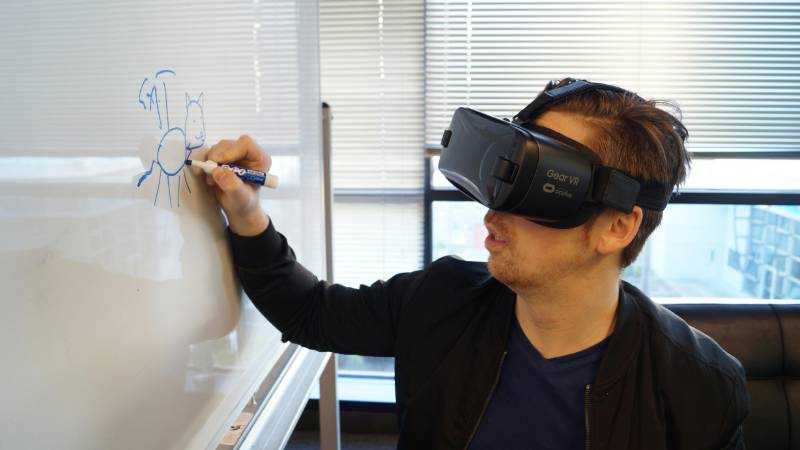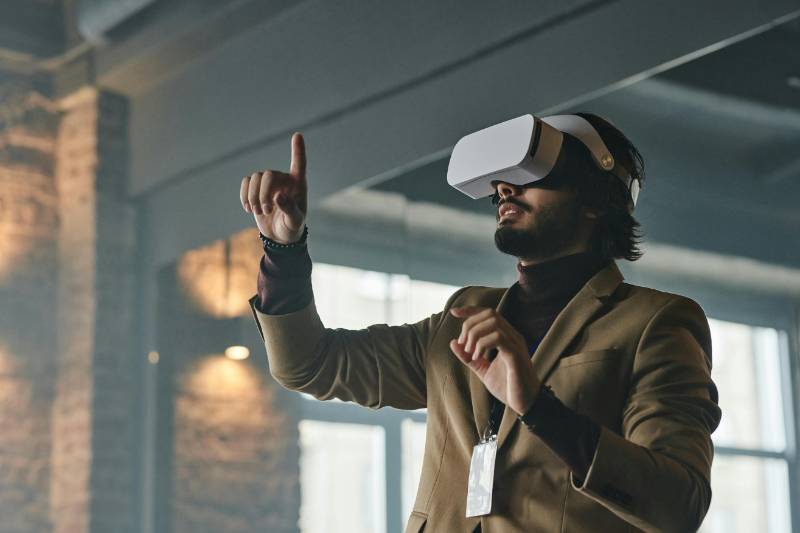AR in Healthcare: From Surgical Navigation to Patient Education
7 min read
18 Oct 2025
Augmented Reality (AR) is making profound impacts on the healthcare industry, enhancing various facets of medical practice, from surgical navigation to patient education. By overlaying digital information onto the real world, AR technology is improving accuracy, training, and patient engagement in ways previously unimaginable.
One of the most revolutionary applications of AR in healthcare is its use in surgical navigation. Surgeons can utilize AR to superimpose digital images, such as CT scans or MRI results, directly onto the patient’s body during procedures. This real-time visualization allows for more precise navigation through complex anatomical structures, improving the accuracy of surgeries. For example, AR can assist in avoiding critical blood vessels or organs, minimizing complications and enhancing surgical outcomes.

AR is also transforming medical training and education. By using AR simulations, medical professionals and students can interact with 3D models of anatomical structures, practice surgical techniques, and gain hands-on experience in a controlled, virtual environment. This immersive approach helps in developing practical skills and understanding complex medical concepts more effectively than traditional methods.
In patient education, AR offers significant benefits by providing clear, interactive explanations of medical conditions and procedures. Patients can use AR apps to view 3D models of their anatomy, understand their diagnosis, and visualize treatment options. This enhanced understanding helps patients make informed decisions about their care and improves overall satisfaction with their treatment.
AR also plays a role in remote consultations and telemedicine. By leveraging AR technology, healthcare professionals can collaborate in real-time, providing remote guidance and assistance. For instance, a specialist can offer virtual support to a local physician or consult with patients from afar, improving accessibility and efficiency in healthcare delivery.
Despite these advancements, the integration of AR in healthcare does present challenges. The development and deployment of AR technology require significant investment and expertise. Additionally, ensuring the accuracy and safety of AR applications is crucial to maintaining patient trust and clinical effectiveness. Privacy and data security concerns must also be addressed, particularly when handling sensitive medical information.
In conclusion, AR is significantly enhancing the healthcare industry by improving surgical precision, medical training, patient education, and remote consultations. As AR technology continues to evolve, its impact on healthcare is expected to grow, offering new opportunities for enhancing medical practice and patient care.
FAQs
More Articles

Designing the Future: The Use of AR and VR in Architecture and Design
3 min read | 18 Sep 2025

Training the Workforce: AR and VR in Corporate Learning and Development
2 min read | 17 Sep 2025

Navigating the World: AR and VR in Navigation and Mapping
4 min read | 16 Sep 2025

Enhancing Real Estate: The Role of AR and VR in Property Visualization
2 min read | 15 Sep 2025
More Articles

AR in Sports: Enhancing Fan Engagement and Performance Analysis
7 min read | 24 Oct 2025

The Rise of Virtual Reality Classrooms in Education
8 min read | 23 Oct 2025

Augmented Reality in Retail: How Virtual Try-Ons Are Boosting Sales
10 min read | 22 Oct 2025

The Potential of VR for Skill Training: From Surgery to Space Exploration
6 min read | 21 Oct 2025
